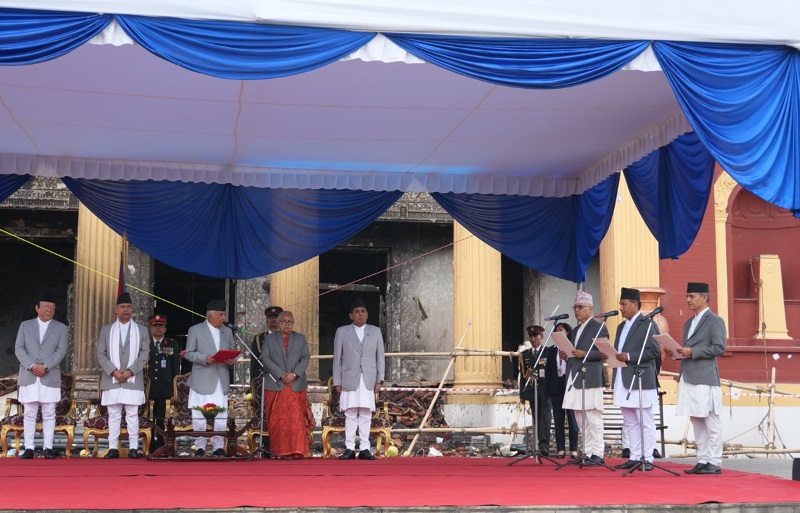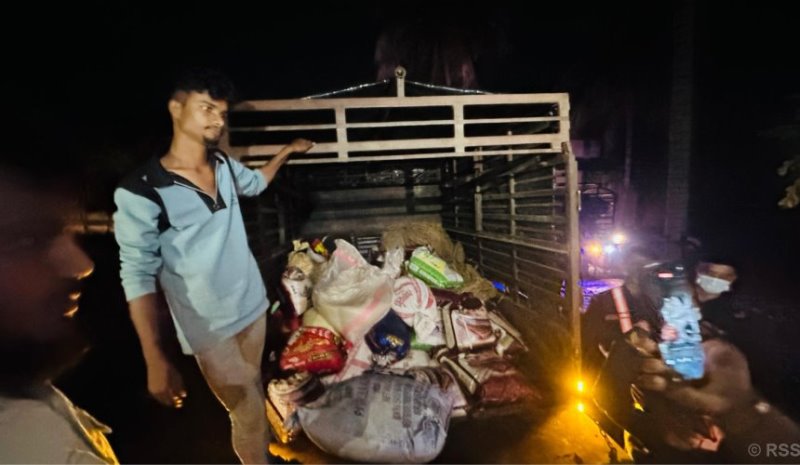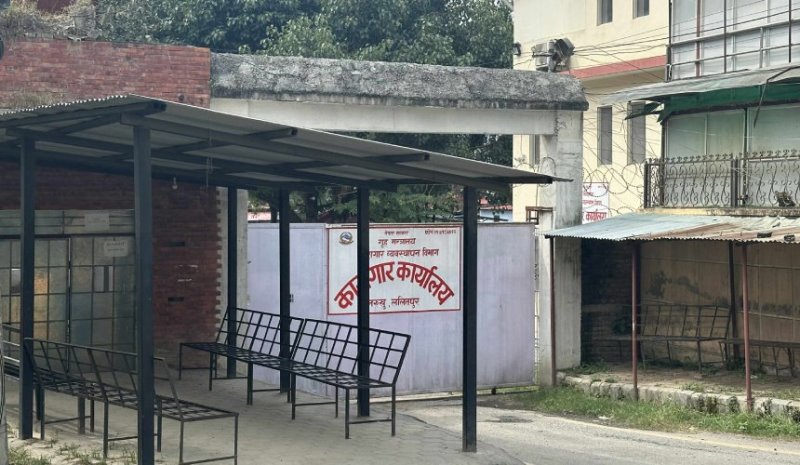Green house agriculture
- Rupali Shah
- 16 Jan, Wednesday, 2019 | 20:08:00 Published

Kathmandu : A greenhouse (also called a glasshouse, or, if with sufficient heating, a hothouse) is a structure with walls and roof made chiefly of transparent material, such as glass, in which plants requiring regulated climatic conditions are grown.
Many commercial glass greenhouses or hothouses are high tech production facilities for vegetables or flowers. The glass greenhouses are filled with equipment including screening installations, heating, cooling, lighting, and may be controlled by a computer to optimize conditions for plant growth.
Different techniques are then used to evaluate optimality-degrees and comfort ratio of greenhouse micro-climate (i.e., air temperature, relative humidity and vapor pressure deficit) in order to reduce production risk prior to cultivation of a specific crop.
The idea of growing plants in environmentally controlled areas has existed since Roman times. The Roman emperor Tiberius ate a cucumber-like vegetable daily. The Roman gardeners used artificial methods (similar to the greenhouse system) of growing to have it available for his table every day of the year. Cucumbers were planted in wheeled carts which were put in the sun daily, then taken inside to keep them warm at night.
The concept of greenhouses also appeared in the Netherlands and then England in the 17th century, along with the plants. Some of these early attempts required enormous amounts of work to close up at night or to winterize. There were serious problems with providing adequate and balanced heat in these early greenhouses.
Today, the Netherlands has many of the largest greenhouses in the world, some of them so vast that they are able to produce millions of vegetables every year.








प्रतिकृया दिनुहोस